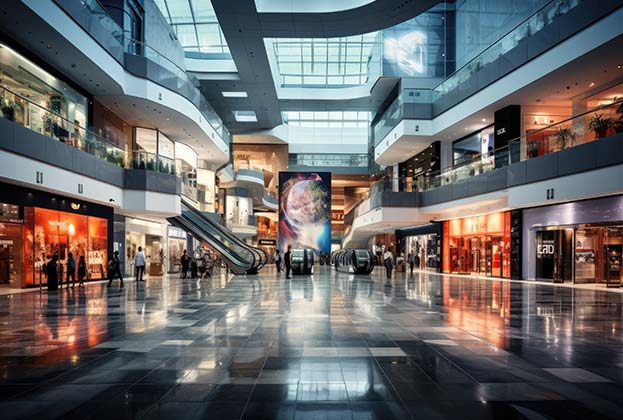Diversification is happening and often under the radar
Repurposing is materialising across Europe, but only at scale in markets where there is an excess supply or significant retail failures.
Consumers have returned from the pandemic with a higher expectation for what will drive their footfall. Hence, the focus is on convenience-based and experiential retail and leisure formats, while the average mid-market schemes increasingly struggle to remain relevant and compete. Many retailers are consolidating their businesses, reassessing store numbers and reducing overheads amid significant cost inflation, which is hitting margins as well as consumer sentiment. Department stores have been affected particularly badly in recent years, and there are examples of repurposing projects within this subsector across the continent. The administration of Debenhams in the UK in 2021 left 126 units vacant, which have been re-occupied by retailers such as Marks and Spencer, The Range, TK Maxx in some locations, and repurposed for alternative uses such as cinemas, training centres and hotels in other locations.
We saw the increased reliance on convenience and amenity, the importance of health and wellbeing, and an appetite for leisure experiences and F&B
Tom Whittington, Director, Commercial Research
In 2019, Canadian department store brand Hudson Bay closed 15 stores in the Netherlands. In 2020, Debenhams and Topshop went into liquidation following the fate of several other high-profile brands in large store formats in the UK, which is anticipated to result in 25% excess retail stock, of which 40% of vacant units are already redundant. It is estimated that 75% of shopping centres in Germany need to be repositioned or converted. In 2023, in Germany, Galeria Karstadt Kaufhof has closed 52 stores, the majority of which are being considered for redevelopment as there are not enough alternative retail occupiers leasing large units.
Retail repurposing was already starting to happen in several countries before Covid-19 as part of longer-term structural changes to the consumer-retailer dynamic. But there is no doubt that the pandemic accelerated these trends into focus. We saw the increased reliance on convenience and amenity, the importance of health and wellbeing, and an appetite for leisure experiences and F&B, with these trends persisting into 2023 despite consumer inflationary concerns.
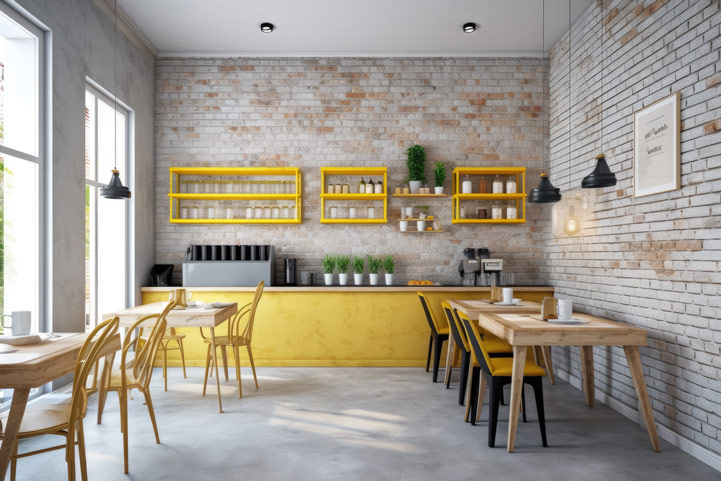
Blended consumer uses are reviving spaces, but sticking to leisure where possible
The range of uses being considered for redundant retail space is varied, and while most notable when accounting for larger stores or SC blocks, small-scale adjustments to tenant line-ups mean that many schemes are evolving into more blended and relevant propositions.
- La Vie shopping centre in Porto is undergoing a retail-to-office conversion, with phase 1 already complete and operating. Clerys Department store in Dublin has been converted to provide a blend of retail, office, leisure and F&B to reinvigorate a key city high street.
- X-Madrid has seen a struggling traditional big-box leisure scheme transformed into an experiential leisure and retail destination. 47,000m2, including surfing, scuba diving, event space, cinema, gaming and leisure retail, plus a wide range of F&B.
- Maj, Prague sees a department store repurposed to create a new 17,000m2 shopping centre, which shows that repositioning is about creating relevant spaces and not just conversion away from retail.
- Schemes across Portugal, Germany, Poland, the UK and Sweden have seen an increase in alternative consumer uses, such as medical uses and veterinary services, taking single stores or upper floors of SCs. This represents an important diversification away from pure retail while extending hours of operation and creating additional footfall drivers.
What about markets where repurposing is not currently a consideration, where the void rates are low and where there is a pipeline of new retail development? The key question is whether future developments will address the macro trends being felt in more congested markets by building more flexible agile places with a more blended offer or continue to develop ‘retail only’ developments. The clear message to the market is that the future of retail is in adopting the right balance of mixed consumer uses if they are to be future-proof, particularly on locations off the prime pitch.
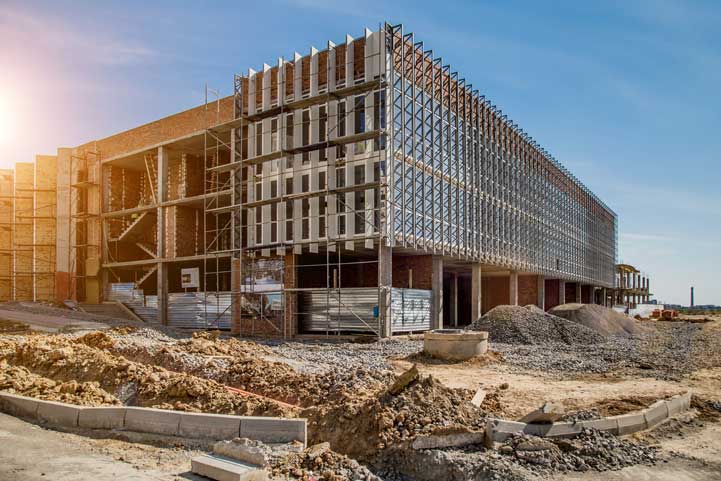
An imbalanced transition towards sustainability measures
SCs are moving towards investing in energy efficiency initiatives with lots of activity across Europe. The cost of energy and extreme weather events has created a greater sense of urgency. Spain and Portugal are arguably ahead of the curve. A Portuguese study examining sustainability practices in shopping centres, states that 85% of operators have good management practices, in line with the UN's sustainable development goals, and 57% already produce photovoltaic energy or are developing projects in this area. The average recycling rate in the industry is 53%, and half of the SCs are BREEAM, LEED or WELL certified. Spain has 100 BREEAM-certified SCs and 50 more in the pipeline.
Across the rest of Europe, the cost of implementing measures and applying for certification has resulted in a lower takeup. The UK has some of the highest SC provision in Europe (over 800 schemes), but only a handful of BREEAM building certificates and BREEAM in use is yet to reach double figures. While SCs across Europe are implementing a range of efficiency measures, overall, the changes are not sufficiently rapid to meet carbon targets. With investors increasingly seeking green assets (often as a result of fund criteria), schemes that fail to install adequate measures are likely to find declining investment interest and risk becoming obsolete.
There is a close synergy between optimising space through repurposing underutilised retail space and undertaking sustainability measures simultaneously. Refurbishing buildings provides an opportunity to implement greener infrastructure while bringing in more meaningful uses, extends the life of the buildings and can reduce embodied carbon. Investor sentiment is increasingly drawn to redevelopment opportunities where they can add value and meet net-zero targets.
Read the other articles within European Retail Market below
.jpg)

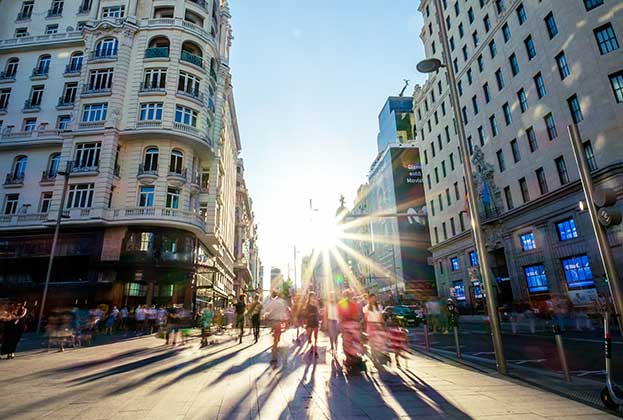
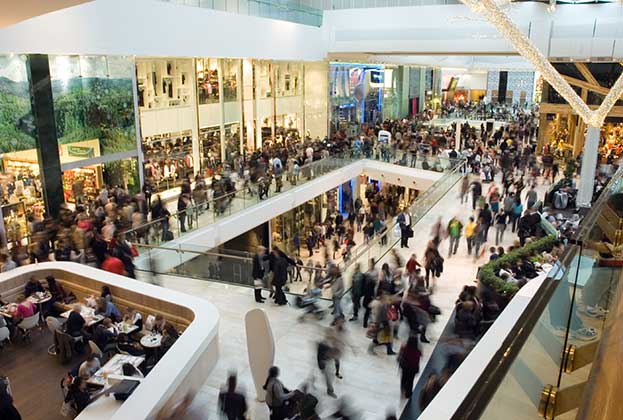
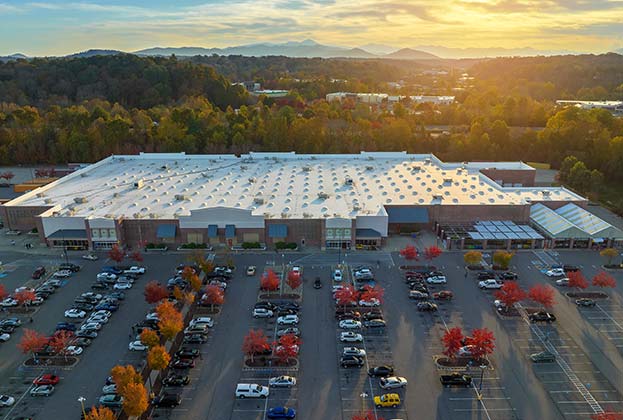
.jpg)

